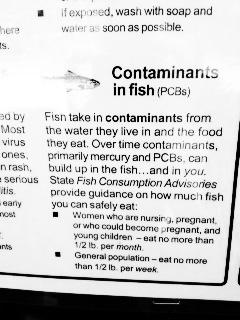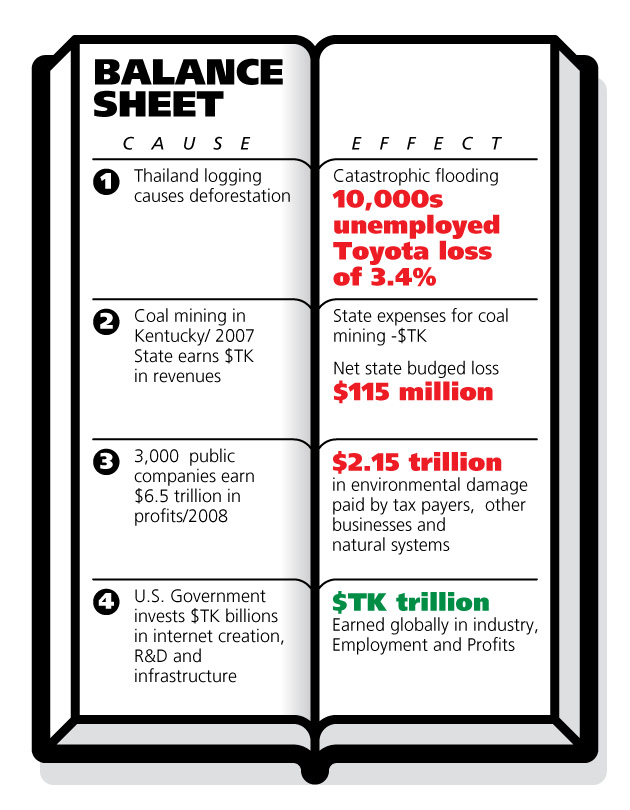How West’s throwaway culture destroys basic freedoms in China
First published in The Guardian, August 23rd, 2013
Photo: People walk on Tiananmen Square as heavy pollution lingers in the air. Photograph: Diego Azubel/EPA
I recently had the good fortune to meet a Chinese student, Wei Qing, who grew up in Luoyang, an ancient Chinese city famous as the capital city for thirteen dynasties.
Luoyang is nowhere near the largest pollution zones of China and Qing is proud of the culture she learned as a child and student. She’s a well-educated young woman, getting her masters degree in Environmental Education at an American university. She has the energy and enthusiasm of those ready to roll up their sleeves and do great work in the world.
As we enjoyed and admired the Nova Scotia skies together, Qing noted, “There are never blue skies in most of China.” I demurred, “Never?” She said, “Well, perhaps one or two days a year, but basically, the sky is never blue where I grew up.”
Again, I was taken aback as Qing explained that a blue sky was a great luxury for her. (I was only able to find anecdotal data to quantify the actual days of blue skies over Chinese cities.) The acceptance of the unacceptable remains: Qing does not expect to see what we count as a core part of our basic wellbeing.
The natural next step in my mind was to recognise that it is the production of our cheap goods that is the largest cause of this horrifying condition. We must urgently reconsider the true costs of our everyday behaviour.
It is one thing to read statistics such as 3.5% of China’s GDP is caused by environmental degradation, almost certainly a low estimate, or see pictures on the worst air pollution days in Beijing,





 You can’t eat the fish in an area famous for great fishing spots and if this fish is not good for us to eat, imagine the experience for the fish themselves, as well as the effects this contamination has on the rest of the critters that need the fish for their diets, and the rest of the ecosystem of which the fish is a central part. In 1959, when The Sound of Music hit Broadway and three years before Rachel Carson published Silent Spring, it
You can’t eat the fish in an area famous for great fishing spots and if this fish is not good for us to eat, imagine the experience for the fish themselves, as well as the effects this contamination has on the rest of the critters that need the fish for their diets, and the rest of the ecosystem of which the fish is a central part. In 1959, when The Sound of Music hit Broadway and three years before Rachel Carson published Silent Spring, it
 deficit), these costs were not mentioned during the recent U.S. Congressional debate about the sequester. This “environmental debt” has not yet entered our governments’ financial deliberations.
deficit), these costs were not mentioned during the recent U.S. Congressional debate about the sequester. This “environmental debt” has not yet entered our governments’ financial deliberations.